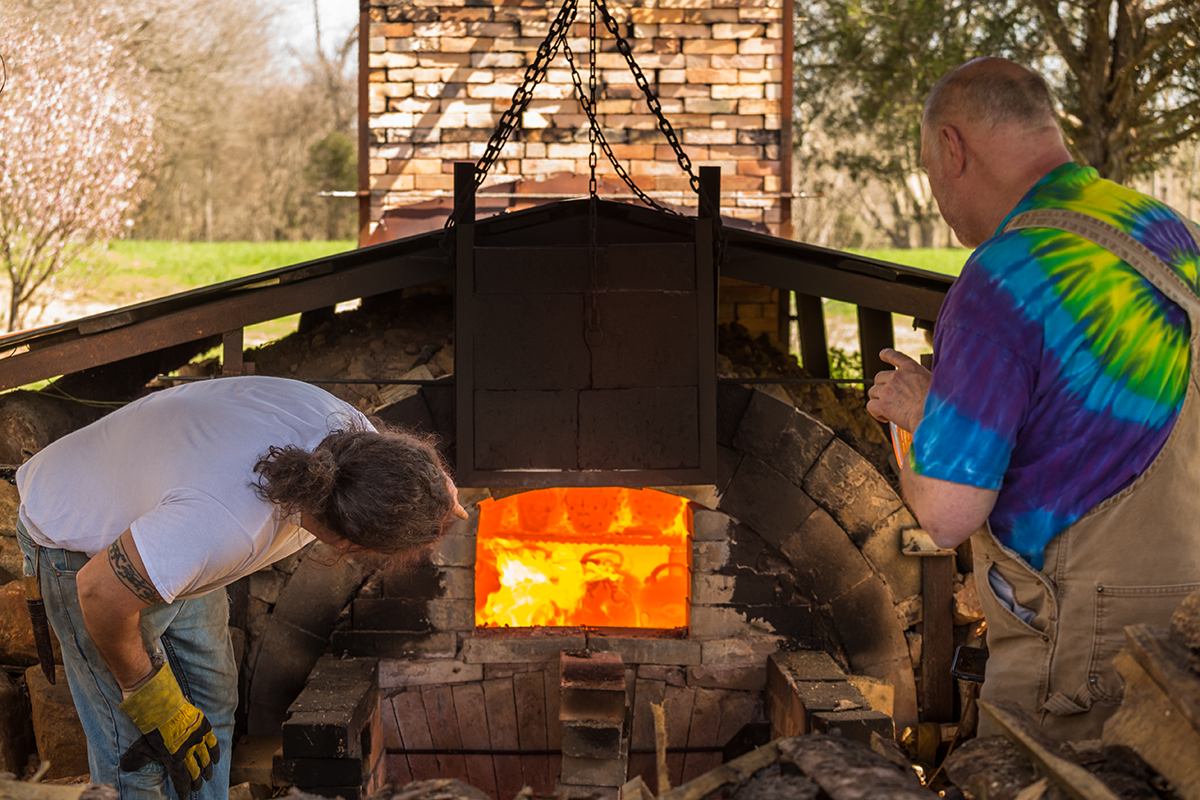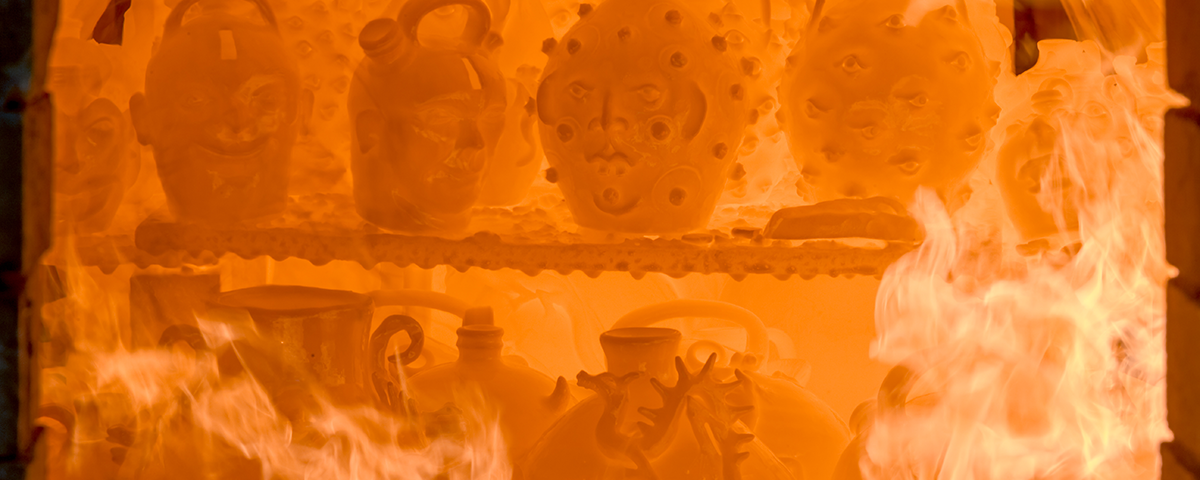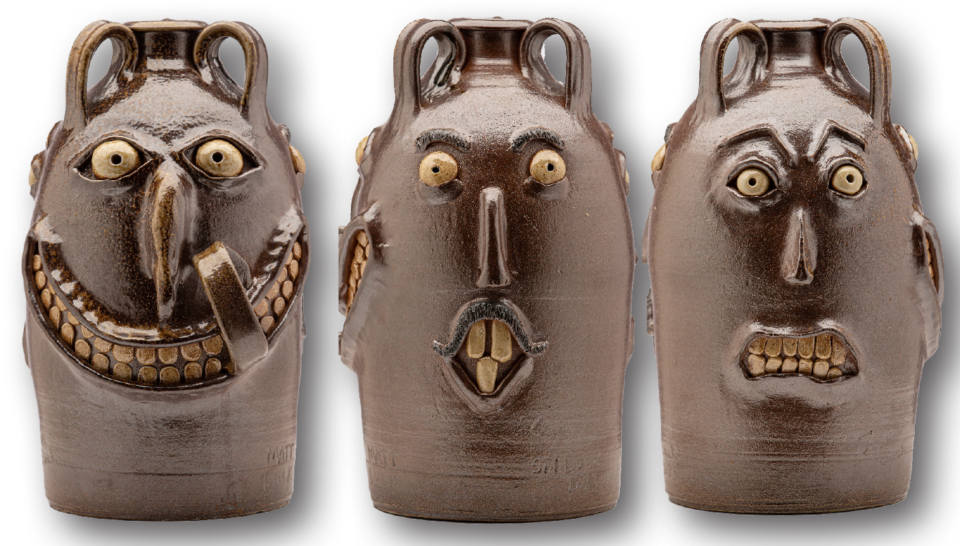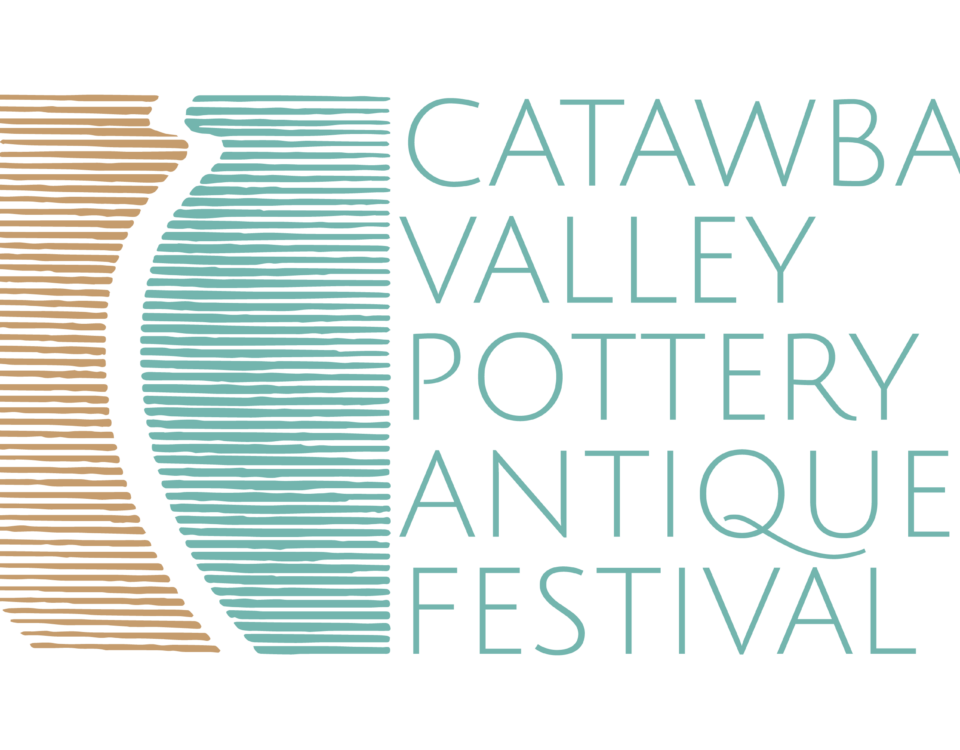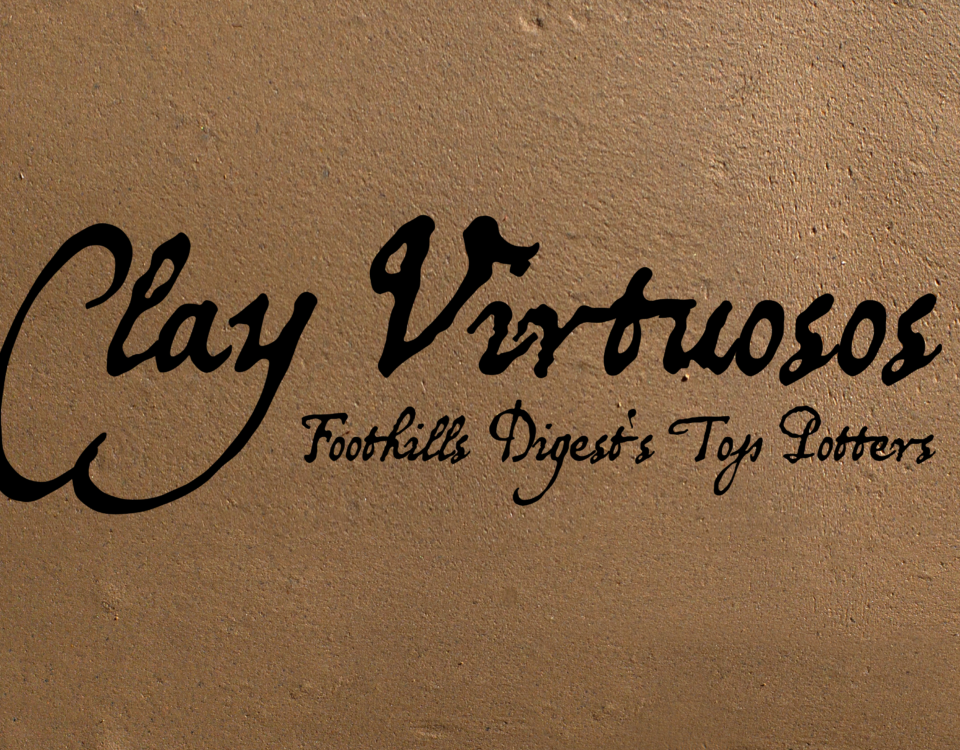
Tell me about Non Profits!
January 31, 2024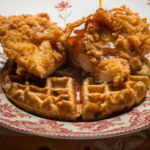
Restaurants of the Foothills
February 3, 2024Groundhog Kilns
Groundhog kilns are a type of oven traditionally used by potters, notable in regions like the Catawba Valley, Seagrove, and Edgefield along the eastern Appalachians. These kilns are partially embedded in the ground, reminiscent of a groundhog's den.
These kilns are elongated, with a low, arched roof resembling a barrel on its side, constructed from heat-resistant materials. The partial burial of the kiln utilizes the natural insulation of the earth.
Groundhog kilns operate on wood fuel. Inside the kiln's spacious chamber, pottery is arranged to be fired. At one end is the firebox, and at the other, a chimney facilitates airflow. Heat generated from the fire passes through the chamber, firing the pottery to a hardened state and allowing glaze to develop a glossy finish.
These kilns are capable of reaching temperatures exceeding 2,000 degrees, ideal for high-quality pottery production. The use of natural materials and earth for insulation reflects an environmentally mindful approach.
Despite technological advancements, some contemporary potters maintain the use of groundhog kilns. The traditional methods yield unique pottery pieces and maintain a connection to the area's historical craftsmanship.
Groundhog kilns represent a durable and effective technology for firing pottery, embodying a bridge between historical practices and modern-day craftsmanship. Their continued use underscores a commitment to tradition and quality in pottery production.
The pottery shown in these photos was made by Michael Ball and Michel Bayne, shown below stoking the kiln.

